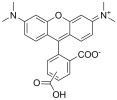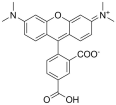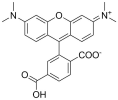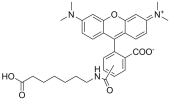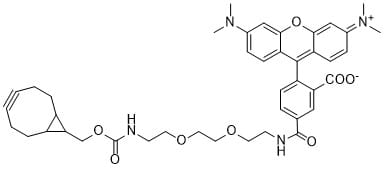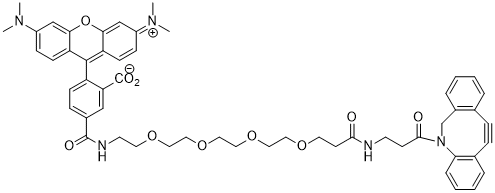TAMRA: Overview, Features, and Applications
TAMRA (Tetramethylrhodamine) is a red-orange fluorescent dye widely used for labeling nucleic acids, proteins, and other biomolecules in molecular biology. Known for its bright fluorescence and excellent photostability, TAMRA is ideal for fluorescence microscopy, real-time PCR, flow cytometry, and other assays requiring sensitive detection.
Key Features of TAMRA:
- Spectral Properties:
- Excitation: ~555 nm
- Emission: ~580 nm
- Color: Red-orange fluorescence
- High Fluorescence Intensity: Delivers bright, stable signals for precise detection.
- Excellent Photostability: Resists fading, ensuring consistent signal during extended imaging.
- Broad Compatibility: Works with fluorescence microscopes, PCR instruments, and flow cytometers.
Applications of TAMRA:
- Fluorescent Labeling:
- Labels oligonucleotides, peptides, and proteins, enhancing detection in molecular assays.
- Real-Time PCR:
- Acts as a fluorescent reporter in TaqMan probes, enabling real-time tracking of amplification.
- Fluorescence Microscopy:
- Provides clear imaging of cellular structures and molecular interactions.
- Flow Cytometry:
- Used for cell sorting, phenotyping, and surface marker analysis.
- FRET Studies:
- Serves as an acceptor dye in FRET, aiding in the study of molecular interactions.
Summary
TAMRA is a powerful fluorescent dye known for its bright red-orange signal, stability, and versatility. It enhances detection in PCR, microscopy, flow cytometry, and FRET, making it a top choice for sensitive and precise fluorescence-based applications.


